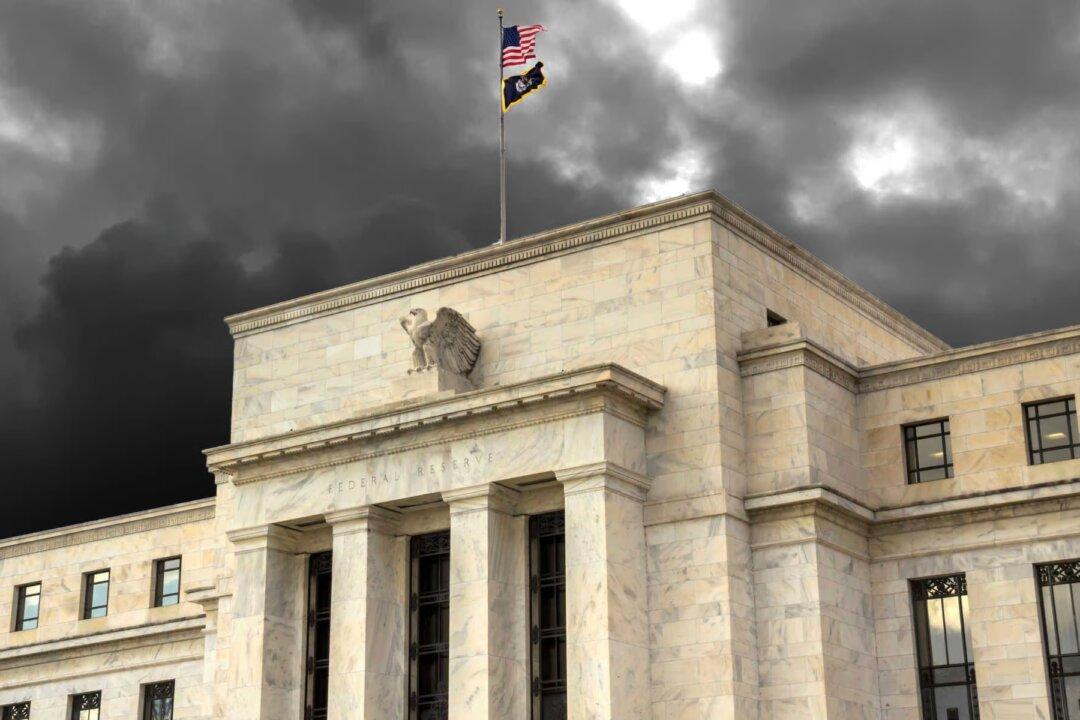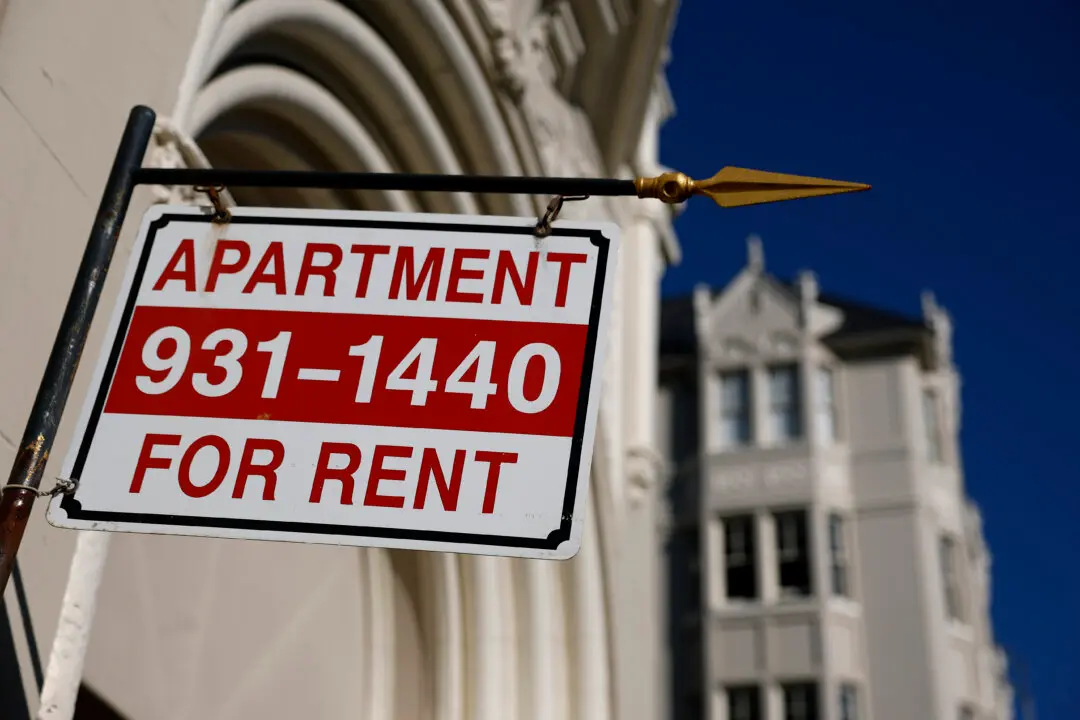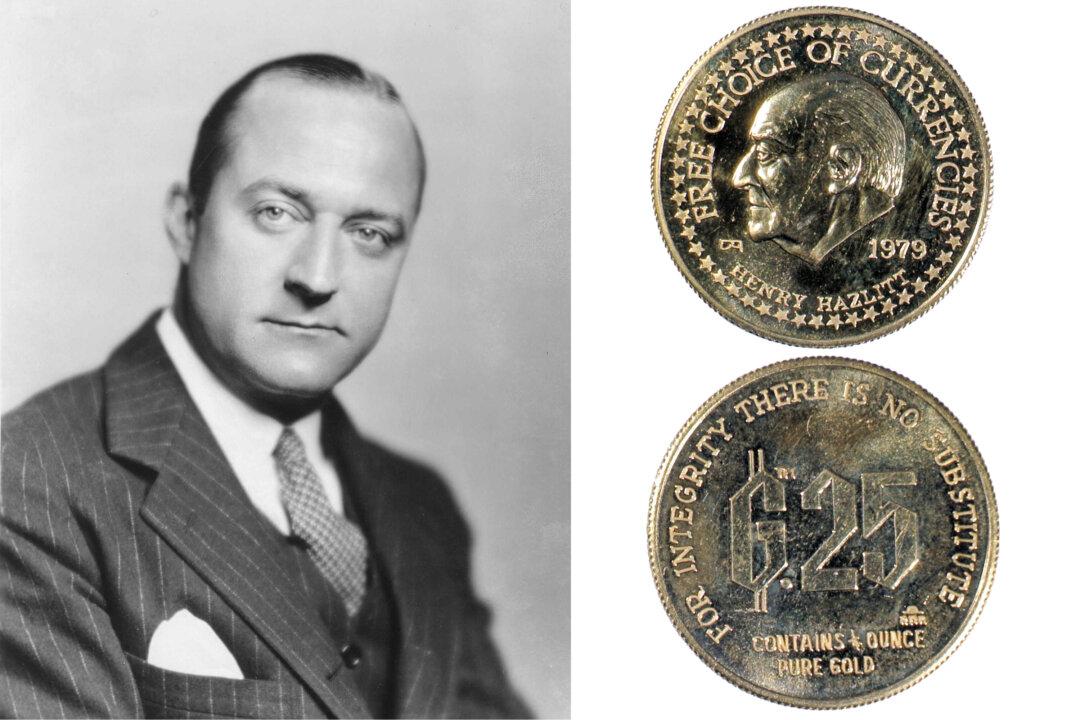Commentary
The Federal Reserve—and central banks the world over—played a crucial role in making lockdowns possible and weaponizing the panic of politicians. As the lender of last resort and the provider of liquidity for the entire federal government, it removes normal fiscal restraint. It writes checks that can’t bounce to fuel governments in normal times but is always ready to make possible emergency spending as well, even if existing revenue and public consensus are otherwise absent.





